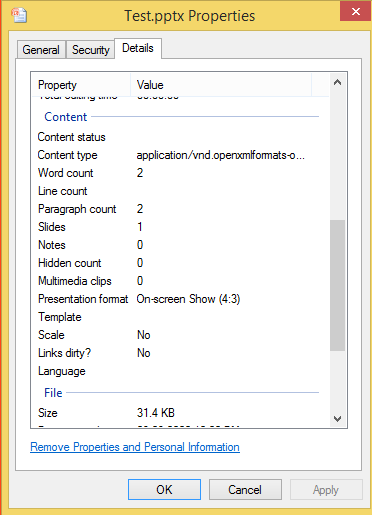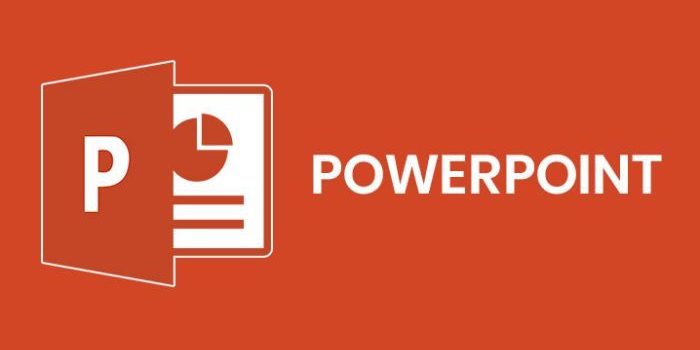Who is this article for – This article aims to assist anyone concerned about ensuring the originality of their PowerPoint content, specifically students, teachers, and editors. It provides in-depth information on detecting plagiarism in PowerPoint files and PowerPoint plagiarism checker, helping you to maintain the uniqueness of your presentations.
What is Plagiarism?
Plagiarism is the act of using someone else’s work or ideas without giving proper credit or permission. This can include copying text from a source, paraphrasing without giving proper credit, or using someone else’s images, videos, or other media without permission.
Plagiarism is considered a form of intellectual theft and is illegal in many countries. In academic settings, plagiarism can result in penalties ranging from failing a class to expulsion from school. To avoid plagiarism, it’s important to properly cite sources and give credit where it’s due. This can be achieved through the use of footnotes, in-text citations, or referencing lists.
Is plagiarism possible in PowerPoint presentations?
It is possible to plagiarize in a PowerPoint file. Plagiarism can occur in a PowerPoint file in a number of ways, including copying text from a source without proper citation, using someone else’s content without consent, or presenting someone else’s ideas as your own without giving proper credit.
What is Plagiarism in PPT (PowerPoint file)?
Plagiarism in a PowerPoint presentation (PPT) refers to the usage of duplicate content, including text, images, or any other type of material, without proper attribution or citation. Although it is common to check for duplicate content in Microsoft Word documents, it is also crucial to thoroughly examine a PowerPoint file to ensure it is an original work.
Parts or even the entire presentation may have been taken from readily available sources, such as the internet. Therefore, it is important to carefully review every aspect of a PowerPoint project to avoid plagiarism.
Signs of plagiarism in a PPT file
- Dissimilar phrasings
- Visible irregularities in style and tone
- Use of unexpected words, extraordinary fonts, margins
- Use of seemingly complex terms and concepts that are unfit for the standard of the class
- Incorrect attribution to library sources
- Use of text already available in others’ samples, and/or published work
- Traces of source like a web address (which is not removed)
Plagiarism by students is a rising issue. For this to eliminate, teachers should engage in meaningful classroom discussion, develop a fun and interactive learning culture, promote student confidence, and always seek newer ways for students to produce high-quality, original research work.
Why do students plagiarize?
It is important to understand the reasons behind plagiarism in order to effectively address the issue. Common factors that contribute to plagiarism in students include a lack of proper research skills, an inclination to use someone else’s work as their own, a failure to properly gather and cite references, inadequate paraphrasing techniques, and inefficient note-taking practices.
These factors can cause a student to knowingly or unintentionally plagiarize, leading to the presentation of someone else’s work as their own without proper credit to the original author. This is not a healthy thing to do. Unstopped, it will prevent creative thinking.
Read More – Why students plagiarize (Reasons and Solutions)
How teachers can detect plagiarized/copied content in a PPT project?
Check PowerPoint metadata to detect plagiarism in PowerPoint presentation
When students are in a rush and tempted to copy others’ work, they may resort to using existing PowerPoint presentations found online. Fortunately, there’s an easy method to determine if the file is authentic by examining the metadata of the presentation.
How to check PowerPoint presentation’s metadata
To check for plagiarism in PowerPoint presentations, simply right-click on the file and select “Properties.” Next, go to the “Details” section of the pop-up window. Here, you’ll find various pieces of information, such as origin, descriptions, content, and file details, that can be helpful in detecting plagiarism.

In Pic – How to check plagiarism in PowerPoint (Win 8.1)
Use a paid plagiarism checker to detect plagiarism in PowerPoint presentation
Teachers can employ various tools to detect plagiarism in PowerPoint presentations, such as Turnitin and PlagScan. By allowing students to scan their presentations, these tools can help ensure that the content is original and meets academic integrity standards.
To get the latest update, it’s recommended that you reach out to the support team. You may wish to inquire about the availability of a free plan for educational institutions, or at the very least, ask about the trial options available to get a better understanding of how to use the tool.
Contacting their support teams can provide you with more information and help ensure that you are getting the most out of the tool.
Copy and paste text (without paying for any tool) to find plagiarism in a PowerPoint project
If you prefer not to pay for a plagiarism detection tool, there are still ways to check for copied content in a PowerPoint presentation. Two common methods include:
- Copying a specific portion of text from the presentation and searching it on Google using quotation marks.
- Copying the text from the presentation and pasting it into a free plagiarism checker tool.
Take a one-to-one personal session to detect plagiarism in PowerPoint file
If you have doubts about a student’s work, consider arranging a live, face-to-face discussion. During this discussion, select a paragraph from the presentation and ask the student questions to evaluate their understanding of the topic.
This may be an effective and reliable way to determine if a student has plagiarized a PowerPoint presentation. By engaging in a dialogue with the student, you can gain a deeper understanding of their level of knowledge and ensure that their work is original.
These tools and techniques help one detect plagiarized content, but they don’t offer solutions. The best way to stop having the need of these tools and tricks is to create confident students who do not feel the need to copy content. Teachers should address student concerns individually and create an informed, interactive learning environment that promotes free exchange of original ideas.
FAQ
There are various methods available with you to detect instances of plagiarism in a PPT file. We have listed the methods above.
You can use a free plagiarism checker for PowerPoint tools. These are basically free plagiarism checker tools, where you manually enter words from your file into these systems. Paid tools are obviously fast, simple, and save time. Free ways to check PPT plagiarism may take time.
We detailed the steps above explaining how you can spot plagiarism in PPT using both free and paid ways.
It’s important to properly cite all sources and give credit where it’s due to avoid plagiarism in a PowerPoint file. If you are unsure about how to properly cite sources, you should consult your teacher, professor, or a style guide for guidance.
In academic settings, plagiarism can result in a range of penalties, including failing a class, receiving a lower grade, or even expulsion from school. In some cases, plagiarism can also result in legal consequences, especially if it involves the infringement of copyrights. In the professional world, plagiarism can result in loss of reputation, damage to one’s career, or even termination from a job.
Therefore, it is important to understand the seriousness of plagiarism and to take steps to avoid it. This can be done by properly citing sources and giving credit where it’s due, or by creating original content that is free from plagiarism. By doing so, you can ensure that you are presenting your work in an ethical and responsible manner.
